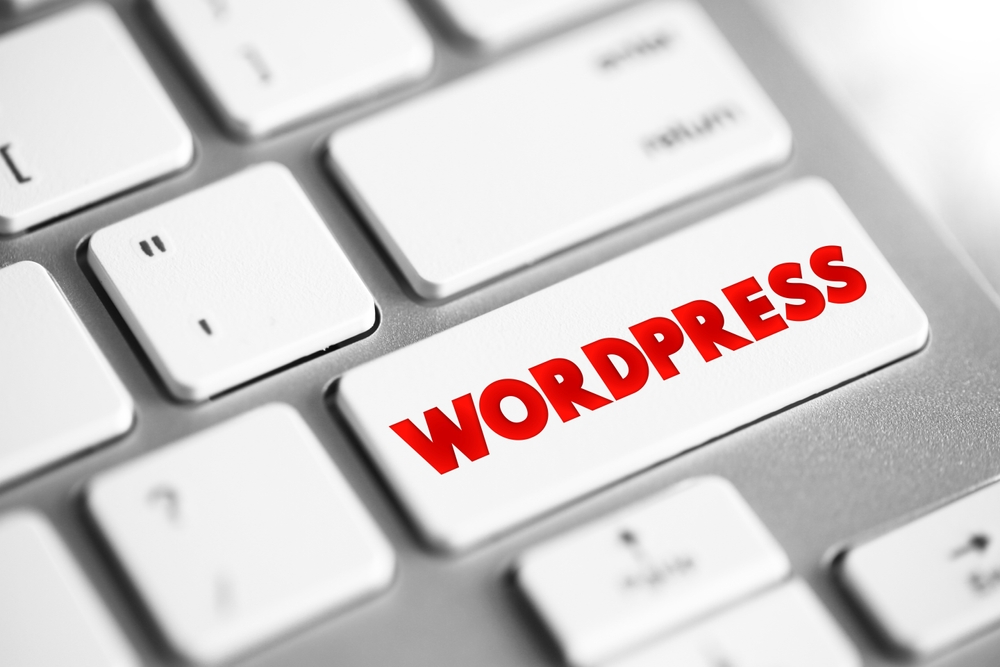
When it comes to building and managing a website, WordPress has become the go-to platform for individuals and businesses alike. With its user-friendly interface and robust features, WordPress empowers users to create dynamic and professional websites without the need for advanced coding knowledge. In this article, we will dive into some insider tips for mastering WordPress (WP) customization and maintenance, enabling you to take control of your online presence.
1. Choosing the Right Theme for Your WebsiteOne of the first steps in customizing your WordPress (the platform for bloggers) website is selecting the right theme. With thousands of options available, it's important to find a theme that aligns with your brand's identity and goals. Look for a theme that offers flexibility in terms of design, customization options, and responsiveness to ensure your website looks great across all devices.
While free themes can be a good starting point, investing in a premium theme can often be a worthwhile investment. Premium themes often come with additional features, updates, and dedicated support, providing users with a more reliable and secure website.
2. Customizing the Appearance with PluginsPlugins are an essential component of WordPress (the blogging platform) customization, allowing you to extend the functionality of your website. From adding contact forms to integrating social media feeds, there is a plugin available for almost every requirement.
When selecting plugins, it’s important to choose reputable ones that are regularly updated and have positive reviews from trusted sources. Additionally, be mindful of the number of plugins you install, as having too many can slow down your website's performance. Regularly review and deactivate any unnecessary plugins to ensure your website runs smoothly.
3. Optimizing for Search EnginesSearch engine optimization (SEO) is crucial for improving your website's visibility in search engine results. WordPress offers several plugins specifically designed to optimize your website for search engines, such as Yoast SEO and All in One SEO Pack.
These plugins provide tools for optimizing your metadata, generating XML sitemaps, and analyzing the readability and keyword usage of your content. By following best practices for on-page SEO, you can increase your website's organic rankings and drive more traffic to your site.
4. Protecting Your Website from Security ThreatsWordPress (or WP) is a popular platform, making it an attractive target for hackers. However, there are several steps you can take to protect your website from security threats:
- Regularly update WordPress, themes, and plugins: Developers frequently release updates to address security vulnerabilities, so it’s essential to keep everything up to date.
- Use strong and unique passwords: Avoid using common or easily guessable passwords. It's also recommended to change your passwords regularly.- Install a security plugin: Plugins like Sucuri or Wordfence can help safeguard your website by monitoring for suspicious activity and providing firewall protection.
By implementing these security measures, you can significantly reduce the risk of your WordPress site being compromised.
5. Backing Up Your Website RegularlyWebsite backups are a crucial component of website maintenance. In the event of a data loss, hacking, or technical failure, backups provide you with a restore point to recover your site. WordPress offers various backup plugins, such as UpdraftPlus and BackupBuddy, that automate the backup process and allow you to store backups in remote locations such as cloud storage.
Regularly schedule automated backups to ensure you have the most recent version of your website stored securely. Additionally, periodically test your backups to ensure they are working correctly and can be easily restored if needed.
Frequently Asked Questions:
Q1: Can I switch themes after customizing my WordPress website?
A1: Yes, you can switch themes without losing your content. However, the appearance and layout may change, requiring some adjustments to match the new theme's design.
Q2: How often should I update WordPress, themes, and plugins?
A2: It's recommended to update WordPress, themes, and plugins as soon as updates become available. Regular updates ensure your website remains secure and up to date with the latest features and bug fixes.
Q3: Will adding too many plugins slow down my website?
A3: Yes, having a high number of plugins can impact your website's performance. It's best to only install plugins that are necessary and regularly review and deactivate any unnecessary ones.
Q4: Are premium themes worth the investment?
A4: Premium themes often provide more advanced features, dedicated support, and regular updates. If you're serious about your website, investing in a premium theme can offer a more professional and reliable experience.
Q5: How often should I back up my website?
A5: It's recommended to schedule automated backups on a regular basis, such as daily or weekly, depending on the frequency of content updates on your website. Additionally, perform manual backups before making any major changes to your site.
In conclusion, mastering WordPress customization and maintenance is essential for creating and managing a successful website. Remember to choose the right theme, customize your website with plugins, optimize for search engines, protect against security threats, and regularly back up your website. By following these tips, you can unlock the full potential of WordPress and create a professional and secure online presence.
Other useful resources
- https://www.wordpress24plus.com
- https://www.wordpress24plus.com/wordpress-tools-directory/wordpress-themes/